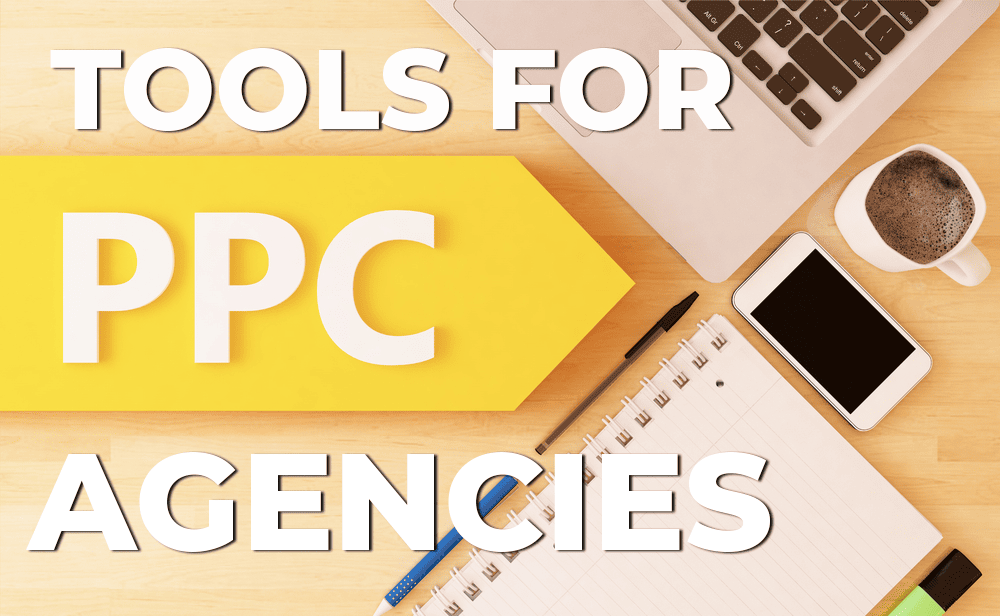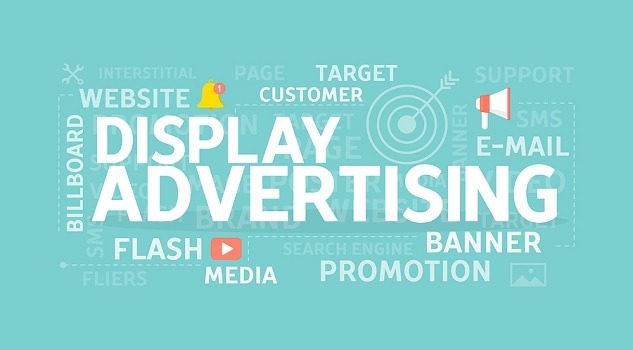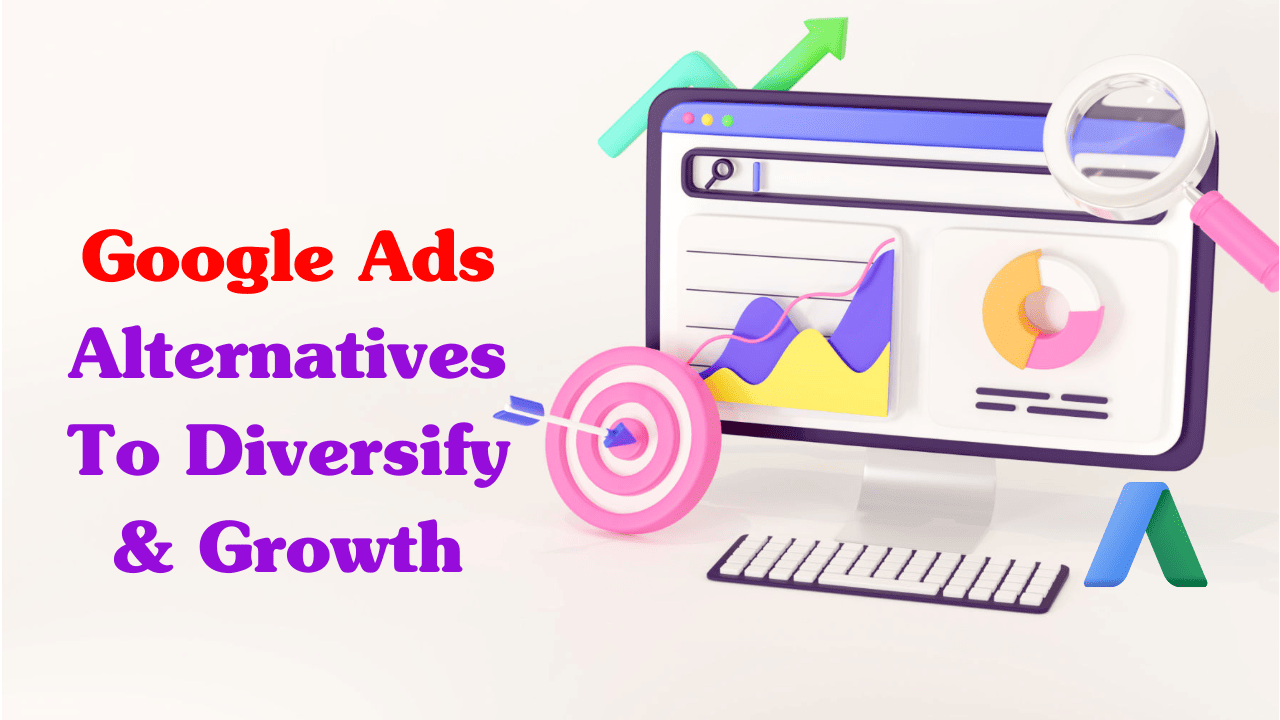An increasing number of companies are recognizing the advantages of a well-executed PPC program. PPC goes beyond merely serving as a lead generation tool. Within Google and Microsoft Ads, there exists a diverse array of campaign types, enabling a sophisticated PPC program to cater to potential buyers throughout their entire journey.
Nevertheless, certain industries, particularly the technology sector, are burdened with exorbitant costs associated with competitive keywords. A $40 cost per click (CPC)? That’s hardly an attractive proposition!
Don’t allow costly keywords to deter you from devising a PPC strategy aimed at achieving your objectives within this industry.
In this article, we outlined PPC recommendations for effectively harnessing search platforms like Google Ads and Microsoft Ads to connect with your target audience within the fiercely competitive technology sector.

Use Comprehensive Demographic Targeting within Google Ads
Elaborate demographic targeting is an audience option accessible at either the ad group or campaign level within Google Ads. This audience feature empowers advertisers to extend their targeting capabilities beyond the conventional demographic options.
This proves particularly advantageous for the technology sector, as it enables precise targeting by:
Company Size
- Small Organizations (1-249 employees).
- Large Organizations (250-10,000 employees).
- Very Large Organizations (10,000+ employees).
Industry
- Manufacturing.
- Construction.
- Financial.
- Healthcare.
- Hospitality.
- Education Sector.
- Real Estate.
- Technology.
Education
Highest Level of Educational Attainment:
- High School Graduation.
- Bachelor’s Degree.
- Advanced Degree.
Additional detailed demographics can be incorporated but are generally more suitable for B2C (Business-to-Consumer) companies:
- Parental Status.
- Marital Status.
- Homeownership Status.
Understanding which campaign types support this form of targeting is crucial. Currently, the “Company Size” and “Company Industry” segments are available for the following campaign types:
- Search.
- Discover.
- Video.
- Performance Max.
- Shopping.
However, please note that they are not accessible for Display or App campaigns.
These demographic options offer a wealth of possibilities! You have the choice to use Targeting, where you exclusively target users falling into these categories. Alternatively, you can opt for Observation, meaning you target users in these categories while also including everyone else who doesn’t fit into these categories.
If you’re new to detailed demographics targeting, begin by incorporating demographics that align with your target audience into your existing Search campaigns, but set them to “Observation” mode initially.
Initiating with “Observation” mode allows you to gain insights into how these specific audience segments engage differently compared to those outside of these demographic categories.
Once you’ve accumulated sufficient data and insights, consider transitioning these segments to “Targeting” mode to precisely focus on those particular customer groups.
Use a Broader Scope for Your Keywords When Focusing on Audience Targeting
Transitioning audiences from “Observation” to “Targeting” will unquestionably narrow the scope of your reach within those campaigns.
However, constriction and focus aren’t necessarily unfavourable. When you layer audience segments onto your campaigns, you’re effectively refining your target audience. With your targeting now more specific, consider experimenting with broad-match keywords tailored to these particular audience segments.
Exercise caution and avoid overly expansive terms like “tech news” as a broad keyword, for instance. Additionally, it’s essential to recognize that people have diverse search habits.
In B2B campaigns, conversions can stem from low-volume yet high-intent searches. By incorporating broad match keywords, your campaigns can leverage individual user behaviours. An added advantage of adopting a broader approach is that it yields more data on how users actually search to access your product or service.
This can illuminate language nuances or purchasing patterns you might not have previously considered!
This discrepancy in how product marketing teams and digital marketing teams communicate about a product versus how the end consumer searches for it is a common issue I often observe.
Use Microsoft Ads
As competition intensifies within the realm of Google Ads, it’s not surprising that companies are adopting a more assertive stance on other advertising platforms.
For technology companies, Microsoft Ads can be akin to a concealed treasure trove, primarily due to its unique LinkedIn Profile Targeting feature.
In fact, Microsoft is the only platform aside from LinkedIn itself that can provide access to this specific targeting capability.
Advertisers have the ability to zero in on various attributes within a user’s LinkedIn profile, including:
- Company: Handpick as few or as many specific companies that align with your criteria, with over 80,000 companies currently available for targeting.
- Industry: Options span a wide range, encompassing sectors such as ‘Software & IT Services,’ ‘Hardware & Networking,’ ‘Manufacturing,’ and more.
- Job Function: Tailor your targeting by choosing from job functions like ‘Product Management,’ ‘Operations,’ ‘Marketing,’ and numerous others.
At present, this targeting option is exclusively offered in the “Bid Only” mode. This implies that you can adjust your bids higher or lower for these demographic characteristics but cannot singularly target users who precisely match these criteria.
To navigate around this restriction, consider setting your keyword bids at an exceptionally low level while applying a substantial bid increase for those demographic targets. While not without its uncertainties, this approach represents one potential method to display ads solely to individuals who meet your specified criteria.
Use Video Ads On YouTube
The era of targeting high-priced $40 CPC search terms, all in the hopes of securing a handful of daily clicks, has come to an end. Engaging in such marketing tactics won’t yield significant results unless you possess an unlimited budget.
If you’ve held the belief that Video Ads are exclusively effective for B2C companies, it’s time to embrace a pleasant misconception! Technology and other B2B brands are now harnessing the potential of Video Ads as a cost-efficient means to connect with an attentive and pertinent audience.
By capitalizing on the capacity to target Detailed Demographics segments and Custom segments, marketers can feel more confident about reaching users within their desired target audience. For context, Custom segments in Google were once referred to as “Custom Intent” audiences, in case you’re not familiar with the updated terminology.
Consider constructing a fresh custom segment audience by amalgamating characteristics related to your product or service, such as specific keywords, URLs, and apps.
Even with a modest daily budget of $15 allocated to evaluate YouTube’s effectiveness for your company, you’re likely to make strides in building brand recognition.
Keep in mind that the primary objective of YouTube Ads usually isn’t immediate conversions; the central focus should be on brand awareness. Consequently, attribution and the strategic use of remarketing play important roles in this campaign type.
You can explore various audiences at a low daily cost, typically ranging from $10 to $15. The possibilities for remarketing from there are virtually boundless!
Here are examples of how marketers can create video remarketing lists:
- Users who have viewed specific videos.
- Users who have watched a certain percentage of a video.
- Users who have subscribed to the associated YouTube channel.
- Users who have visited the YouTube channel’s page.
- Users who have liked or shared any video.
These video remarketing lists can then be effectively used in a targeted Display campaign, re-engaging these specific users.
By integrating YouTube and Display campaigns using this approach, you can establish a cost-effective method to populate the upper portion of your sales funnel with qualified users.
Moreover, you can layer these video audiences onto your Search campaigns and boost bids for these segments.
It’s important to note, however, that video audiences cannot be directly targeted within Search campaigns.
Ensure Your Marketing Assets Are Clear and Compelling
This could be the most important piece of advice, and it should not be underestimated. I have witnessed numerous companies create multiple target personas for their product but then deliver a single, uniform message to each persona.
Subsequently, they find themselves puzzled by lacklustre ad engagement and response rates.
If you’re targeting multiple audience segments, shouldn’t your approach be tailored to address them differently?
It’s no secret that the economy has experienced its fair share of fluctuations in recent years. Consequently, marketing messaging has taken on a more emotional tone, aiming to address the specific pain points of individual users.
Consider the pain points unique to each of your target audiences. What problem can your brand resolve for them? Initiate your message by addressing that specific point.
Bear in mind that your targeting might lead you to engage with different roles within a given company. The Chief Marketing Officer (CMO) of a company, for instance, has distinct pain points compared to a Product Manager.
The second aspect to contemplate is your offering. Should your marketing offerings remain identical across all advertising platforms?
Most likely, not. For instance, let’s say you’re trying to reach a software engineer or an IT professional who would be using your product daily. Your messaging should present something tangible that they can use or experiment with.
Although they may not be the ultimate decision-makers regarding your product or service, they likely possess some influence over the tools used to facilitate their work.
Is It Required to Hire an Agency to Handle Pay-Per-Click Tasks?
Conversely, if your target is the CEO or another C-Suite executive within the same company, they probably won’t be using your product on a day-to-day basis. They may not be interested in a trial. What they require is assurance that your product or service is reliable.
For instance, offer them messaging that establishes your brand as a thought leader in the field.
Develop A Smarter PPC Strategy for Your Techn Brand
If you operate within the technology sector and have been depending on conventional PPC strategies, it’s high time to explore fresh avenues. In the current climate, marketing budgets often find themselves on the chopping block when performance falters.
Recognizing this, regardless of your industry, the onus is on you to inject innovation into your approach to connect with your ideal audience. This might entail experimenting with new campaign formats such as Video Ads or exploring alternative platforms like Microsoft Ads, Quora, or Reddit.
These PPC insights can prove beneficial to a broader audience, extending beyond the technology sector. Once you’ve familiarized yourself with the available options, you’ll be better equipped to counter the challenges posed by high search CPCs and devise more effective marketing strategies.
Would you like to read more about the effective PPC Strategy For Tech Companies related articles? If so, we invite you to take a look at our other tech topics before you leave!
Use our Internet marketing service to help you rank on the first page of SERP.










